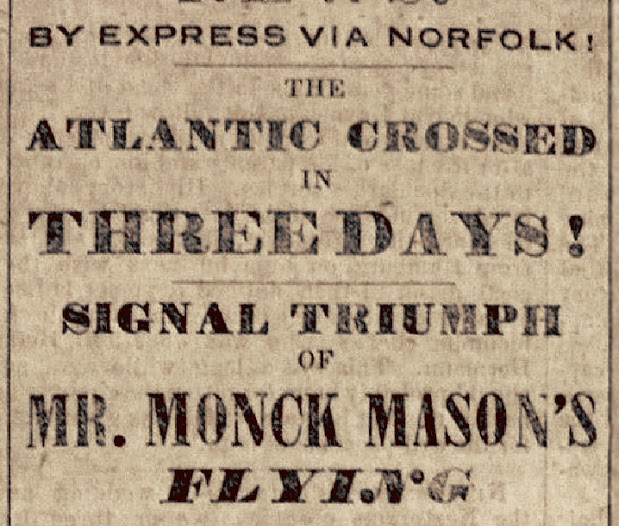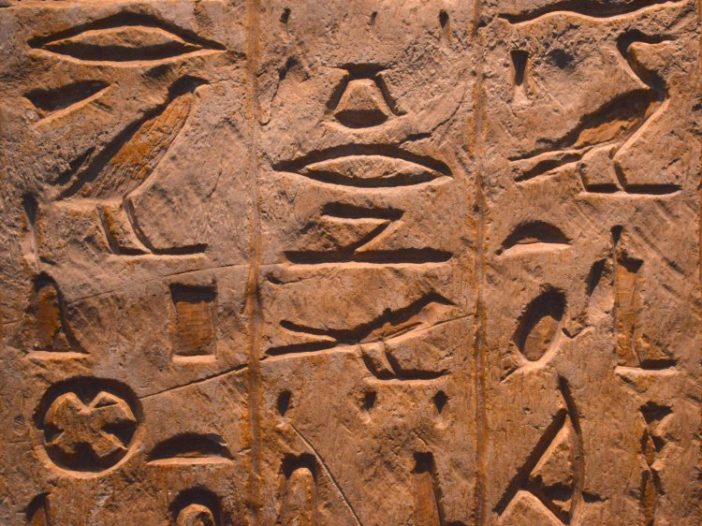This article is an excerpt from Murray Ellison’s VCU MA Thesis on Poe and Nineteenth-Century Science, ©2015
Near the end of his journalistic career, Poe was likely running out of actual science reports to write about that would excite the public’s interest in science as spectacularly as his fictional stories did. Perhaps, by that time, his imagination far exceeded science’s ability to create new inventions. His 1843 “Balloon Hoax” story demonstrated that sensational quasi-scientific newspaper reports could command the public’s attention in ways that even he could have never imagined. By ...
literature
Poe’s Cryptographic Imagination – Part II
Modern Computer Solves Poe’s Last Inscrutable Puzzle
Murray Ellison | April 13, 2018
Excerpts from Murray’s VCU Master of Arts Thesis on Poe and Science © 2015.
Poe published several columns on cryptography entitled “A Few Words on Secret Writing.” He explains that advanced puzzles, where the only secret to the code is “locked in the creator’s mind can be very difficult or nearly impossible to solve.” Poe mentions that the acclaimed sixteenth-century English philosopher and scientist Francis Bacon “very properly defined three essentials in secret correspondence.” Bacon’s first essential is ...
Poe’s Cryptographic Imagination – Part I
Poe's Cryptographic Imagination - Part I
Murray Ellison | February 1, 2018
Excerpts from Murray’s VCU Master of Arts Thesis on Poe and Science © 2015.
Poe continued to demonstrate an interest in unlocking mysteries and secrets in several of the essays and newspaper columns he wrote on secret codes and cryptography. These popular weekly columns offered puzzles, in which readers were invited to propose solutions and suggest additional ones for use in subsequent editions. He then provided the solutions to the ciphers in subsequent issues. Once Poe introduced the topic, readers sent in hundreds ...
Madwomen in Nineteenth-Century Literature
Nineteenth-Century Gothic Literature has often used themes of women held back or locked up in rooms and attics while attempting to make valiant stands and statements in support of their rights to artistic and intellectual expression, and social equality. These ideas are thoroughly supported and explored in Sandra Gilbert and Susan Gubar’s book, The Madwoman in the Attic (Yale University P, 1979), as well as in many other literary discussions of fictional works written during this period. Mary Shelly’s, Frankenstein, was one of the first examples in literature expressing this theme. In 1818, ...



